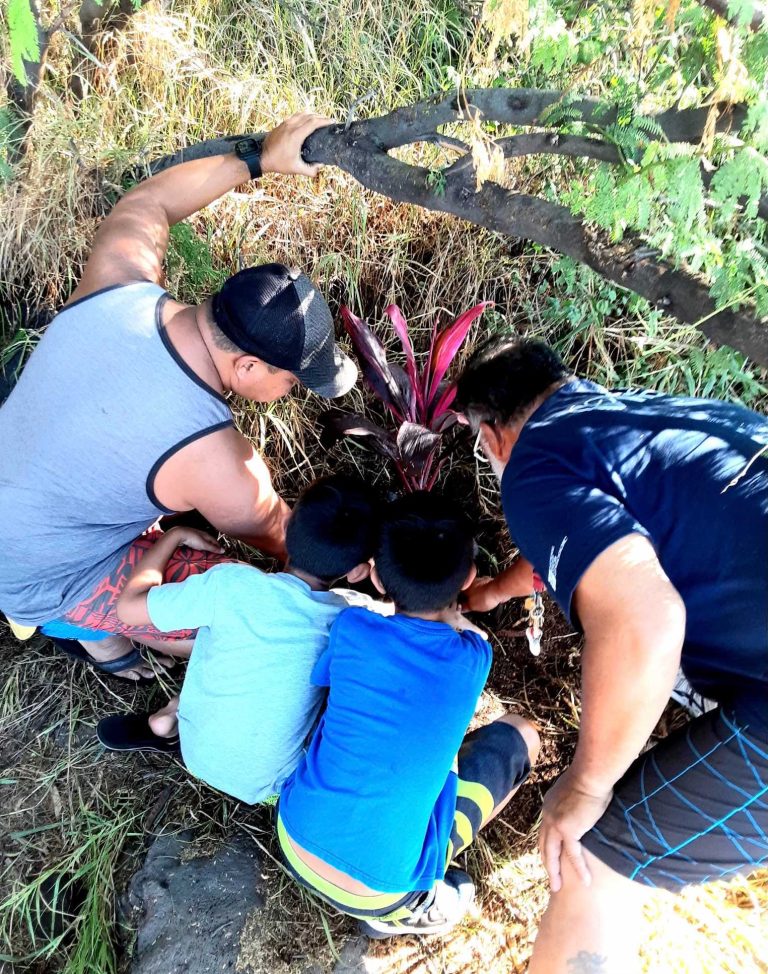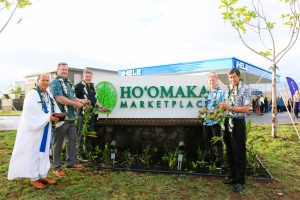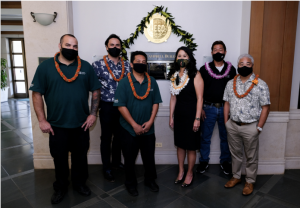I was born & raised fifty-plus years ago in Honokai Hale on the west side of Oʿahu. Our small community stood alone with only a park – there were no stores, no gas stations, no schools within walking distance. Our park was the nearest meeting spot for the whole “village.” For many years our families provided us with an upbringing filled with love, respect, fun, music and extra-curricular activities. On hot days a bunch of us kids would ride our bikes through the kiawe trees down to the beach, now Ko Olina Resort, and we would bring whatever snacks from home.
Sometimes we’d end up at Kahe Point Beach Park located right across the street from the large electricity generation station. That station is the reason visitors call the place “Electric Beach.” There was a concrete structure where the electric company discharged its warm water into the ocean. Because of this warmer water, a lot of marine life was attracted to the area, including dolphins and turtles.
Many, many years later, one of my brothers invited me and my boyfriend to help steward a fishing shrine in the area. When he first mentioned it, I really didn’t pay much attention until I realized it was only two minutes away from where we were raised.
According to the famous historian Samuel Kamakau in his book The Works of the People of Old: Na Hana a Ka Poʿe Kahiko (1976:129), “Heiau koʿa, fishing shrines, were sometimes large, but most of them were small… most were exposed to view and were just rounded heaps of stones with a kuahu altar where pigs were baked… Heiau koʿa were close to the beach or in seacoast caves, on lands with cliffs. The purpose of the heiau koʿa was important. The koʿa brought life to the land through an abundance of fish; there was no other purpose for the koʿa but this.”
“I neva even know had one koʿa this close to whea I was raised!” That was my initial thought when I learned about the Kuehukahe koʿa, or fishing shrine. It sits well-hidden. It’s made up of at least a couple hundred gray, white, sandy clored pohaku of various sizes and shapes. On Saturday, September 10, we visited the koʿa again to clean it up and plant around it. Together we planted ‘ūlei, ‘olena, kī, pōhinahina, and kukui. Hopefully everything grows well.
Kamakau, S.M.
1976 The Works of the People of Old: Na Hana a Ka Po’e Kahiko. Bishop Museum, Honolulu.


